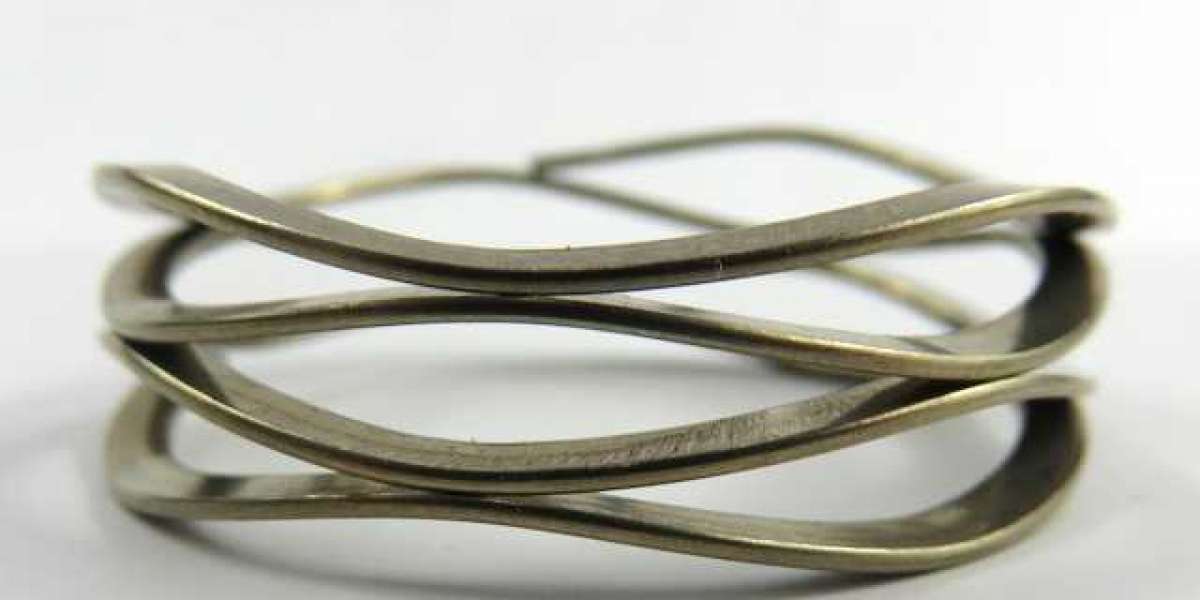The Problem with Traditional Coil Springs
When compressed, coil springs experience both axial force and torsional force. This results in axial and torsional shear stresses, causing the spring to twist. Such twisting can create unwanted side forces and even misalignment of mating components. Additionally, friction at the contact points between the spring ends and surrounding parts can make the force output unstable, deviating from the expected load-deflection curve.
The Wave Spring Advantage
Wave springs are made from flat wire instead of the round wire used in coil springs. Each coil includes a wave-like structure that allows the spring to compress by flattening, rather than twisting. As a result, wave springs experience only axial stress, avoiding the torsional issues found in coil springs.
This design brings several advantages:
- Greater load stability: Wave springs maintain consistent force even with small changes in working height.
- Compact size: Due to their flat wire and efficient geometry, wave springs offer the same spring rate as coil springs with much less axial space.
- Better linearity: Wave springs show a longer linear range in their load-deflection behavior, which is ideal for precision applications.
Limitations and Ideal Use Cases
While wave springs are not suitable for every situation—such as high-load or long-travel applications—they excel where space is limited and force control is critical.
wave springs offer a space-saving, stable, and precise alternative to traditional coil springs for many modern engineering challenges.




